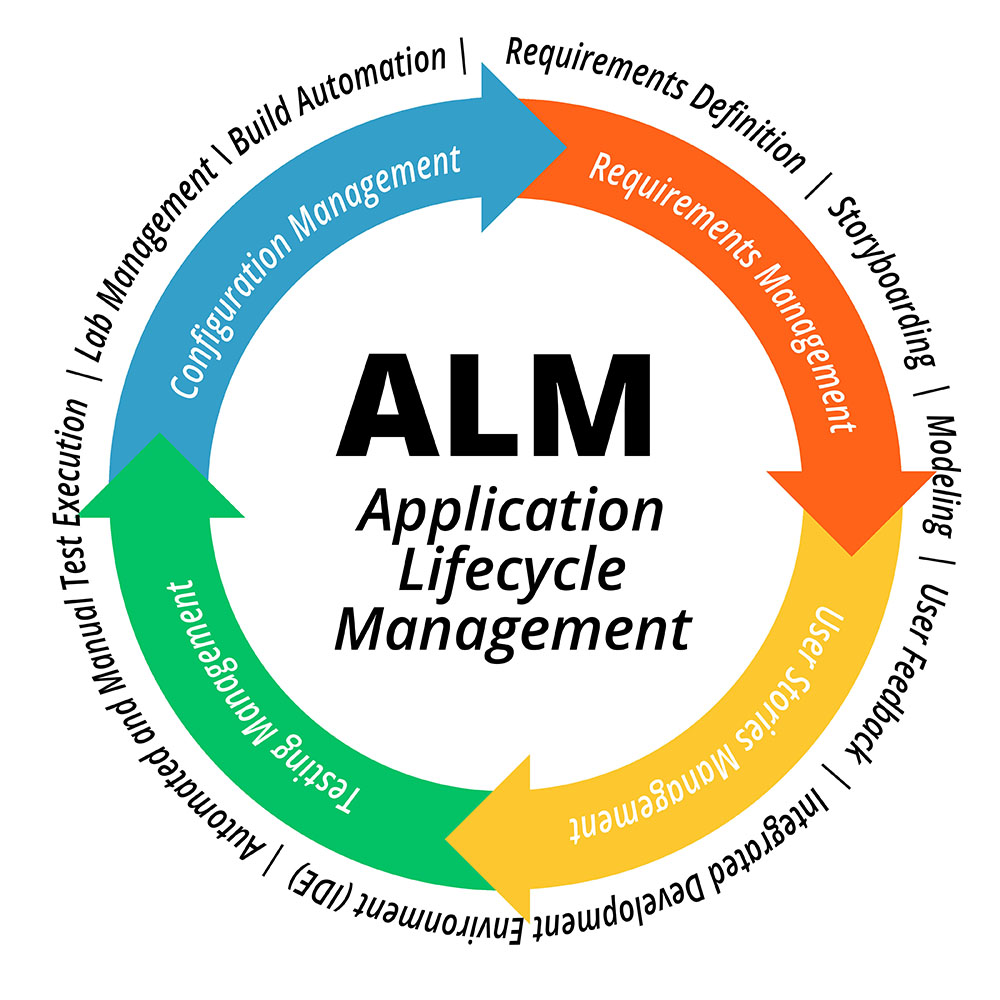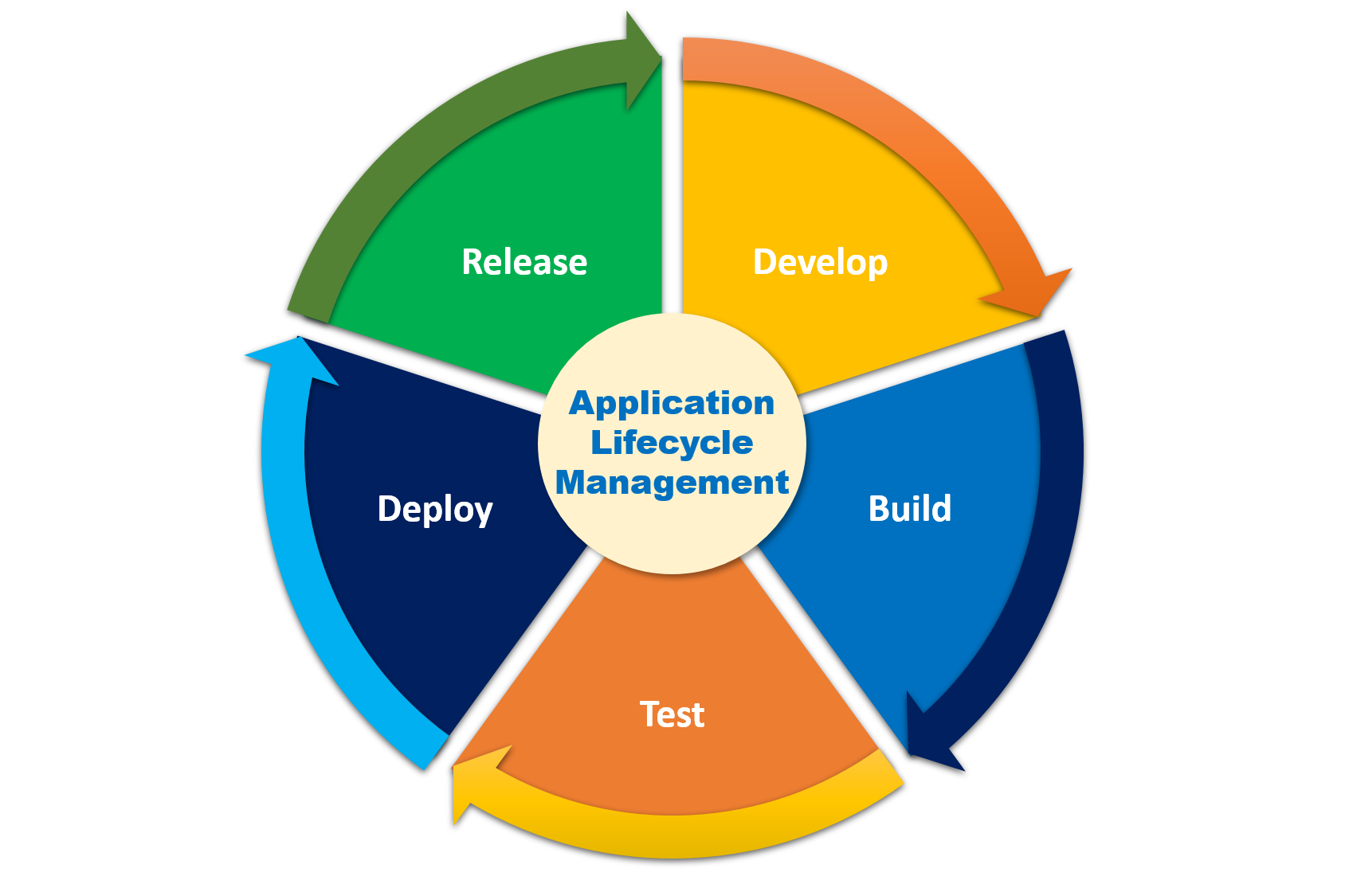What is ALM: Simplifying Application Lifecycle Management
Are you a freelance software developer who’s working all by themselves? Or do you work in a large software team where you need to collaborate with others and work with certain standards for developing application software?
In either case, streamlining the complete process of making and maintaining a software application is highly important. Since it is important to develop applications in an easy and efficient way, you definitely need ALM or Application Lifecycle Management. Thus, we are here with a complete guide on what is application lifecycle management, the steps involved, its benefits, and every other detail you could possibly need.
- Part 1 : What is Application Lifecycle Management?
- Part 2 : What is the Process of ALM?
- Part 3 : Why Do You Need Application Lifecycle Management?
- Part 4 : What are ALM, SDLC, and PLM? What are the Differences?
- Part 5 : Should You Use MDM with ALM?

- Part 6 : Application Lifecycle Management: A Few Last Words
What is Application Lifecycle Management?
If you are new to software development or working in a large team for the first time, you might not have heard about ALM in the past. So, let us explain what is application lifecycle and why you need it.
In order to properly develop and maintain any software application, you need to follow a certain procedure. From the initial idea to its design, development, testing, deployment, and long term maintenance, you need to do everything correctly.
And this is exactly what ALM aims to deliver. With ALM, or Application Lifecycle Management, you build and plan a complete strategic process in advance that goes through all the various phases of application development explained above. This results in better team collaborations, efficient long term maintenance, and most importantly building successful software applications.

What is the Process of ALM?
By now, you should be able to understand what application lifecycle management is. If the basics are now clear to you, you should also know the actual steps and processes of ALM to better understand what is application lifecycle management:
1Requirements for Application Development
You first need to understand all of your requirements and needs for making any plans or ALM for your software development. This generally involves discussing the client and your entire development team so everything can be planned around your requirements.
2Developing the Software Program
Once the initial requirements are understood, the actual application development can begin. In this step, all of the developers will work together to make an initial revision or version of the application within the estimated timeline. There might be quality checks from time to time during this process as well.
3Testing for Bugs and Issues
Even highly experienced developers can’t be perfect while developing applications. So, the next step involves testing for any bugs and issues. This process is highly important to ensure a quality product in the end that does not have any issues. By ensuring a quality product, you also save on maintenance in the long run.
4Application Deployment
Once all bugs and issues are fixed, the software application can be deployed for real world use. For efficient deployment, you definitely want to implement automatic updates as well so that future maintenance and feature upgradation can be done easily.
5Software Maintenance in the Long Run
Speaking of future maintenance, the last step of ALM involves maintaining the software program. This process lasts till the end of life of the application which involves things like fixing bugs, adding features, taking user feedback, ensuring long term usability, and making any other changes in the long run.

Why Do You Need Application Lifecycle Management?
While the processes themselves are pretty self explanatory, Application Lifecycle Management offers various benefits including:
1Better Visibility for Developers and Testers
By planning out all requirements in advance and publicly sharing all the required data, a whole team is able to efficiently develop an application.
2Improved Compliance with Safety Regulations
Because there are multiple quality checks, strict testing processes, and using standardized development processes, the overall safety of your application is improved.
3Quick and Efficient Deployment of Software
If you are able to streamline the entire development team and the testing team, your overall efficiency and delivery times will be much better.
4Better and Higher Product Quality
As ALM introduces multiple quality checks and a standardized testing process, you get fewer issues and a much better and higher quality product.
5Reduced Development Cost
Since ALM helps with improved efficiency, faster deployment, fewer bugs, and a higher quality product without requiring extra efforts, the overall development costs are also reduced.
What are ALM, SDLC, and PLM? What are the Differences?
While we have already helped you understand what application lifecycle management is, you may also come across other terms like SDLC and PLM while working as a software developer.
So, if you want to optimally and efficiently develop apps, you should also know the same:
SDLC:
SDLC stands for Software Development Life Cycle. And unlike Application Lifecycle Management that manages the entire lifecycle and every process required for making applications, SDLC focuses just on the development part.
This means that SDLC is a part of ALM which includes actual development processes like writing the code. But it does not include any requirements testing or maintenance processes. So if you are planning ALM, you will be planning SDLC at the same time automatically.
PLM:
PLM stands for Product Lifecycle Management. While ALM focuses on development and other processes for making an application, PLM focuses on the real life aspects of software development. To be more exact, PLM or Product Lifecycle Management focuses on required tools, the actual development team, materials needed, and most importantly cost required. Generally, PLM is equally important as ALM and both need to be done at the same time.
Should You Use MDM with ALM?
Once you have deployed Application Lifecycle Management, you will be completely focused on the long term maintenance. In short, you will be sending out updates, helping users fix any issues, removing bugs, and other similar tasks. However, doing these tasks on a large scale can be quite difficult.
And this is exactly where MDM (Mobile Device Management) comes into play. The purpose of the MDM process is to provide an all-in-one solution for remote management of apps that you have deployed for your users and customers.
As for MDM specifically, it focuses on remotely managing mobile devices like laptops, tablets, and smartphones. For example, if your user has a mobile device, you can use MDM processes to send app updates, install new apps, configure current apps, monitor app performance, and much more.
In fact, to deploy the best application lifecycle management practices, you should definitely deploy mobile device management as well:
1MDM for App Configuration
Mobile device management is primarily used for app configuration which includes updating apps as well as changing their settings if needed. By sending out over the air updates, your users can enjoy new features, get rid of existing bugs, and much more.
2MDM for App Deployment
If you have made a new application, then you can deploy or install it in all of your users devices using MDM as well. With the right MDM methods, you can remotely and safely install new applications for all of your user devices.
3MDM for App Monitoring
Since you would want your users to have an optimal experience while using your apps, you can use mobile device management for monitoring app performance as well. You can also track user data to better understand user needs and add features to your app updates accordingly.
4MDM for App De-Provisioning
In case any of your older apps has reached its end of life and you want to discontinue it, you can remove it from your users’ devices with the help of MDM. This can be done by actually uninstalling the application or just by revoking access to the same.
Application Lifecycle Management: A Few Last Words
Even if you have the greatest application idea, bringing it to life requires a lot of work. And to develop an application efficiently, it is highly important to know what is application lifecycle management. By implementing the correct ALM processes and steps, software application becomes much easier with a higher quality product in the end.










Leave a Reply.